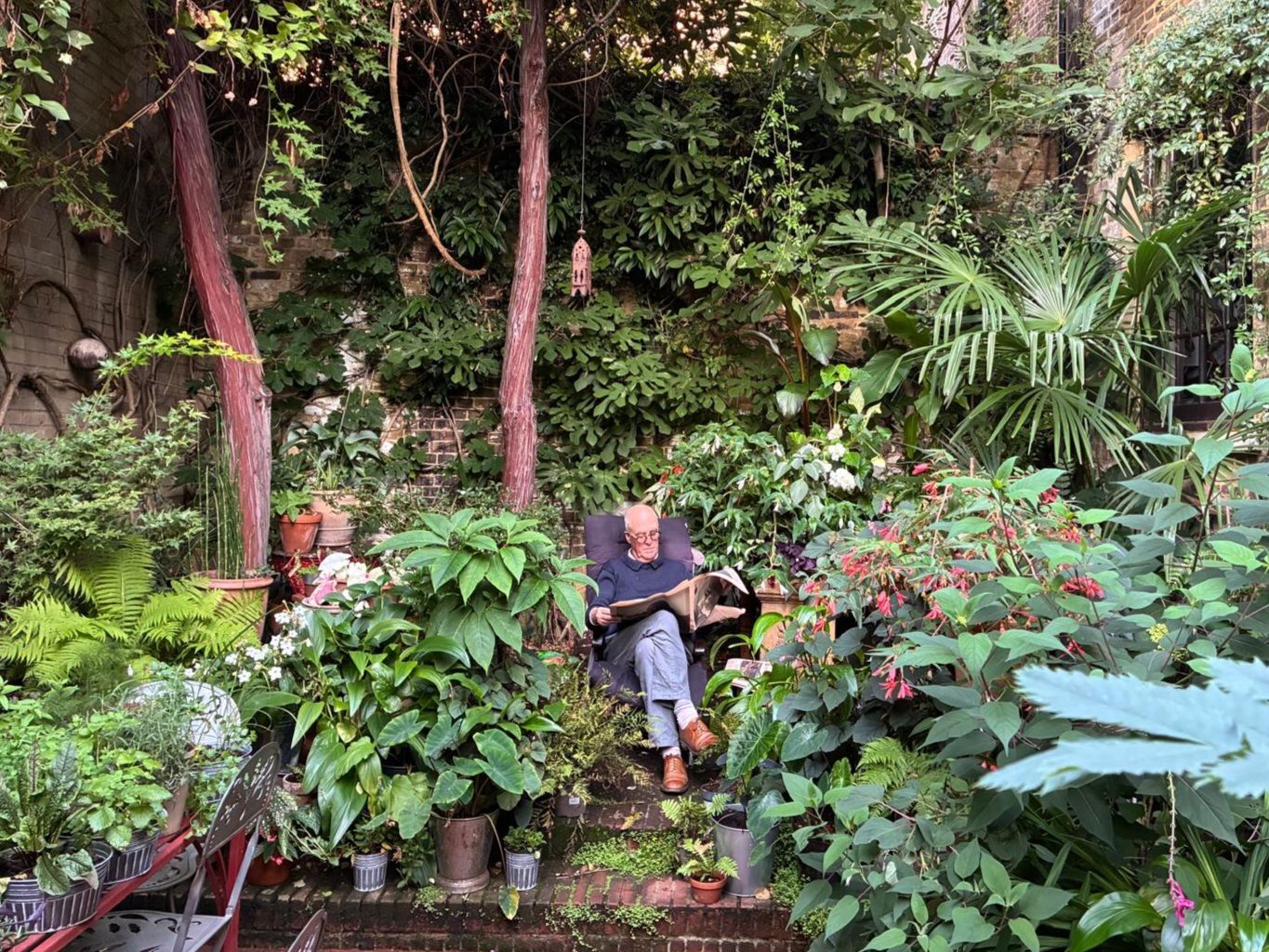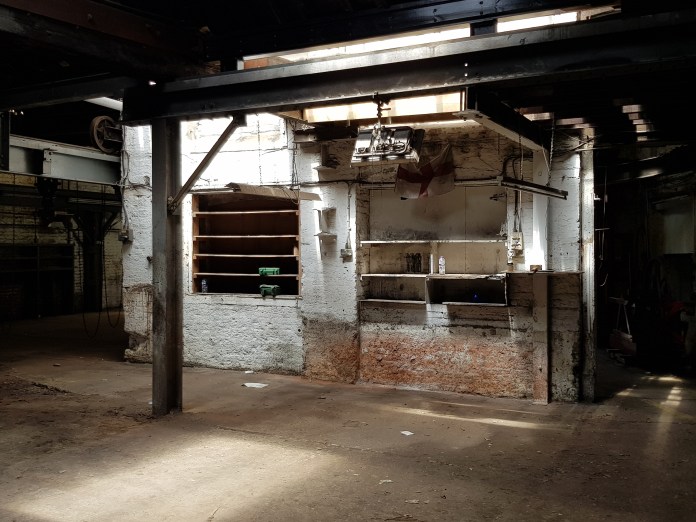I have spent the weekend pondering the fate of the Whitechapel Bell Foundry. It seems at least possible that Historic England have been suborned into supporting the change of use of the eighteenth-century spaces at the back of the Foundry from working industrial use into becoming a wine bar. This is partly because there is a belief that the Hughes, the previous owners of the Foundry, found it a difficult place from which to operate a bell foundry. Now, the only working bell foundries are the Westley Group in Stoke-on-Trent and Taylors of Loughborough. But the whole point of the bell foundry was that it retained the activity of pre-industrial working practices and that this is what makes the interiors and the architecture special. The use needs, if possible, to be retained, as well as the architecture, particularly in the original eighteenth-century spaces in the back of the old foundry.
Does this look like a wine bar ?


Charles, I thought you might be interested in a short extract from a piece of research I am writing up:
Grace Whytt, married John Gourly, Captain of the Royal Navy on the 2nd of February 1799 in St Andrew’s Parish Church, George Street, Edinburgh. The church, now St Andrew’s and St George’s, an elegant building with a fine curving oval interior was, at the time of the marriage, but fifteen years old and was not yet greyed with the smoke of the multitude of chimneys roosting on the New Town roofs. The original design specified a short tower but the Town Council decided on a steeple rising precipitately fifty one metres. In it hung a unique peal of eight bells cast in 1788 by William and Thomas Mears at the Whitechapel Bell Foundry. The Whitechapel Bell Foundry was the oldest manufacturing company in Britain, founded in 1570 in the reign of the first Elizabeth, it made Big Ben, the Liberty Bell and of course the St Andrew’s Church bells. Despite valiant and persistent efforts to save the Foundry it was closed in May 2017. For more than two hundred years it had been housed in a glorious piece of early industrial architecture which sits bang in the path of the eastward crawl of the City and its rocketing prices. Grace and John were married to the peal of what is now the oldest complete ring in Scotland.
Yes, of course, I am indeed ! Charles
In the age of the authentic and of distressed, post-industrial interior design (see Foxcroft & Ginger, as was), Yes, I could see this as a wine bar. Ownership issues aside, I wonder if there might be some potential to develop it as a maker space, bringing together craft and modern making techniques, from typography and printing to fashion, furniture, product design, and architecture?
Yes, that’s the proposal made by Factum Foundation – that it’s used to retain the craft skills involved in a foundry, but in a modern way, doing artist commissions as well making hand bells. Charles
Ah, I think you’d noted that in an earlier post! Factum Foundation’s sister company, Factum Arte, produced some wonderful 3D printed pieces for a show at the Soane Museum back in 2014.
Yes, and for the National Gallery for their Michelangelo Sebastiano exhibition, and in a recent collaboration we did at the RA with Waddesdon. Charles